The history of cameos dates back in time to prehistoric petroglyphs around 15,000 BC when they were originally carved in stone. Cameos are often defined as a carving in bas-relief done to show the contrast between the base and surface colors. The evolution of cameos has gone from depictions of historical religious figures and myths throughout ancient Greece, Rome, and Egypt to side-view portraits of women worn as jewelry.
Cameos and intaglios, while similar in subject, have one major difference between them. Cameos are raised relief and intaglios are indented. The differences go beyond that, but this is the simplest way to determine which one you have.
The history of intaglio goes back to its use as a signature or seal used with melted wax to make an impression upon a document. As such, intaglios were sometimes worn as rings so the wearer could easily “sign” the document. Cameos on the other hand were initially created as depictions of historical, religious, or mythological figures. They were not worn as jewelry, but used as decoration on helmets, swords, shields, and as decor items. When the ruins of Pompeii were found in 1748, souvenir cameos made of volcanic lava were sold to tourists of the time. The carvings later became so popular in Italy that other materials such as precious stones and shells were used. Conch shell cameos were produced in Italy because the shells were plentiful at the time and relatively easy to carve.
Cameos as jewelry were popularized by Napoleon, who both collected and commissioned them for himself and his wife Josephine. Two of Josephine’s cameo tiaras or diadems were sold at auction in 2021 by Sotheby’s. Something else that began with Napoleon was the idea of jeweled cameos, where the portrait itself is wearing jewelry. Encrusted with diamonds, pearls, and other precious stones, these highly decorated pieces were worn by the aristocracy of the day. Cameos were incorporated into everything from neckpieces to belts, hair combs, bracelets, and earrings.
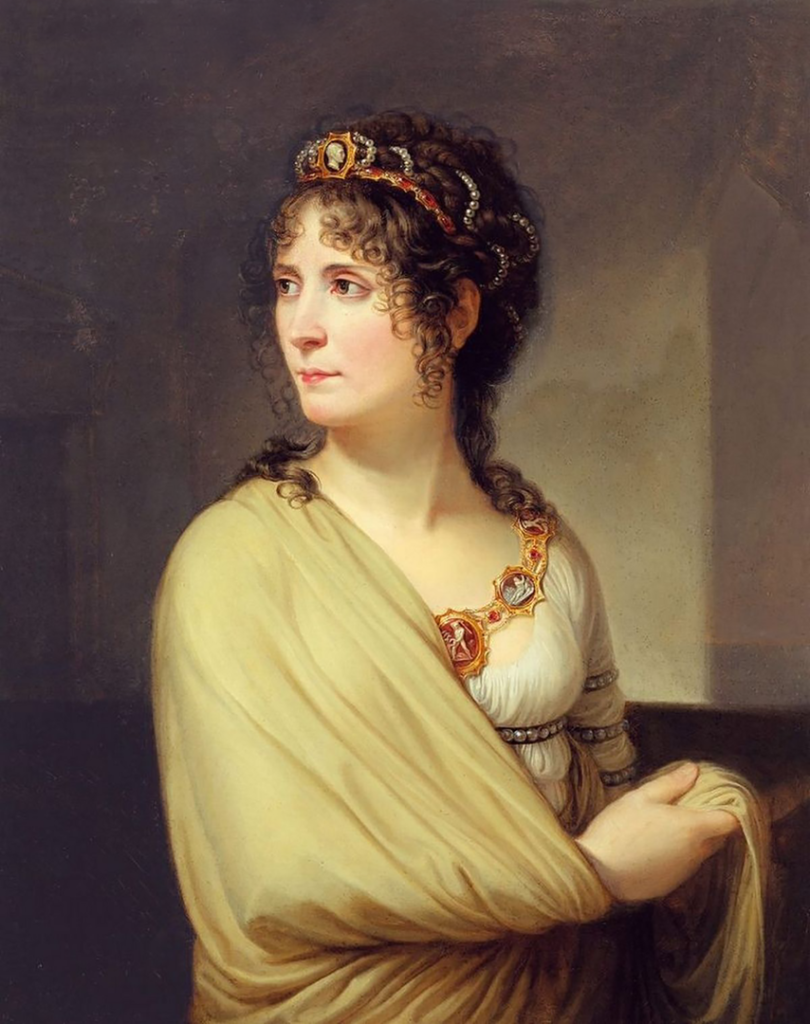
Wealthy folks could afford carvings done in polished gemstones while glass cameos were created for the proletariat. When the tradition was picked up by Queen Victoria. She commissioned a series of cameos depicting her and her late husband Prince Albert to be given to members of the Royal Order. Due to Queen Victoria’s love of cameos, the cameos depicting a loved one or familiar historical figure that we are more familiar with became popular during the Victorian era. By this time subjects had evolved to include portraits as well as religious and natural scenes. The side view portrait cameos we commonly see were popularized in the 19th century. These are what we remember our grandmothers and great-grandmothers wearing and hopefully passing down to us.
Cameos and intaglio jewelry are still popular today, use to make everything from cufflinks and tie tacks, to all manner of women’s jewelry. The history of cameos is a long one and has much historical significance along the way, from Josephine’s famed jeweled tiaras to Queen Elizabeth’s mourning jewelry and beyond.
You can find more information and history on the following sites:
This site has photos and discusses in detail Empress Josephine’s jewels at the Sotheby’s auction.
1st Dibs has this article about cameos to help determine age and value when shopping.
The Cameo Collections sells new hand-carved Cameos from Italy and has a short history as well as a quick discussion of how modern cameos are made.


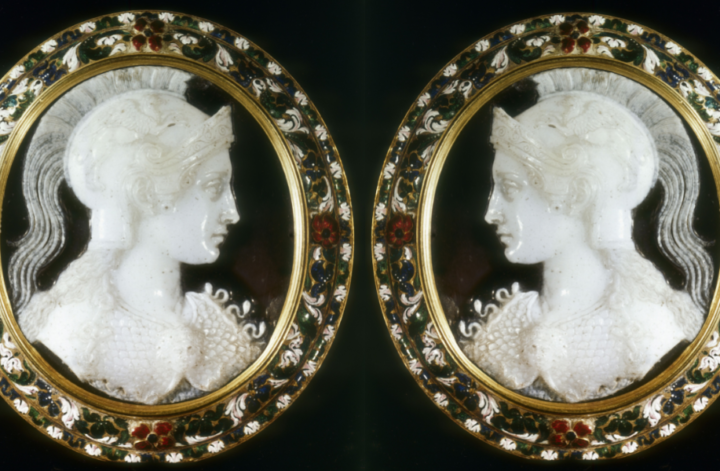
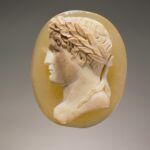

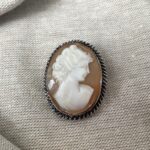
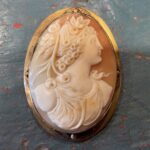

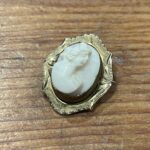

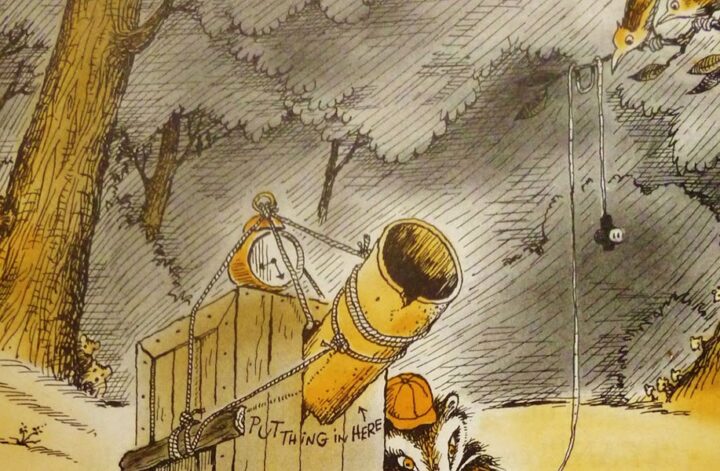
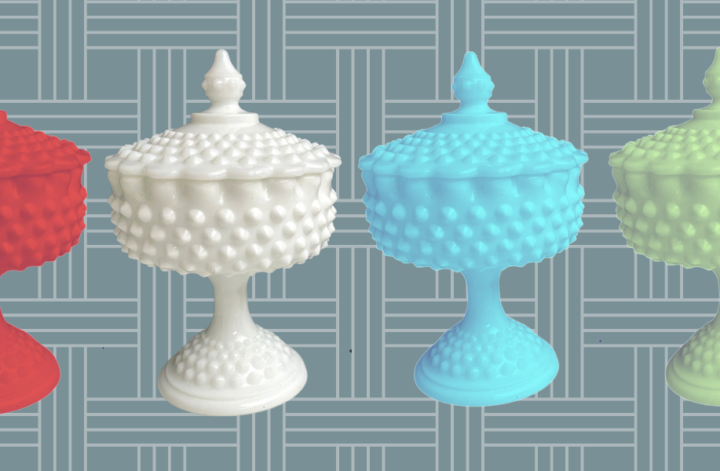
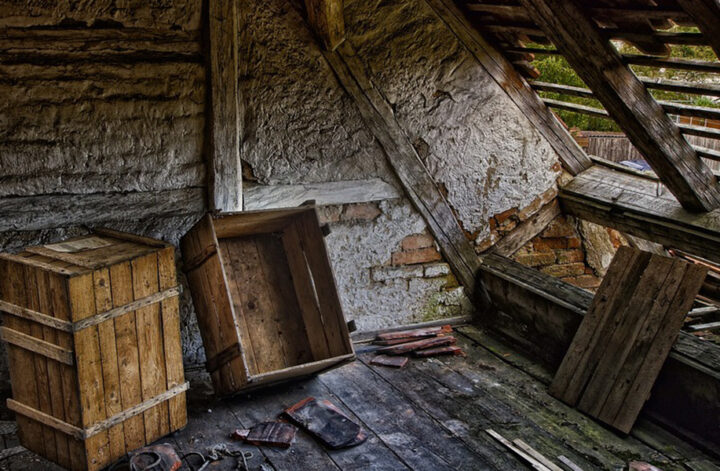
1 comment
I love my cameos both old and new. I loved reading about the history of cameos. Thank you